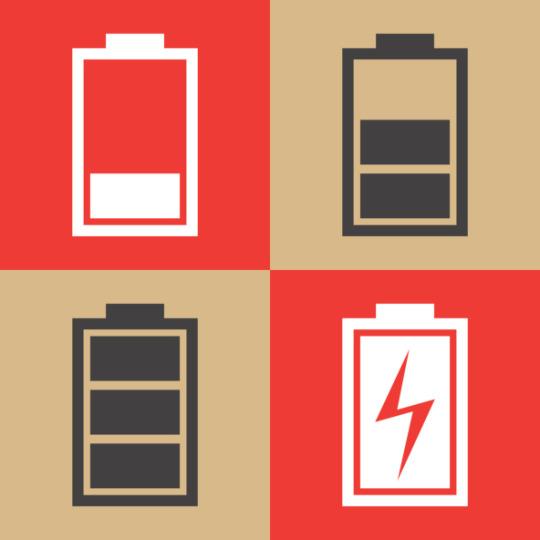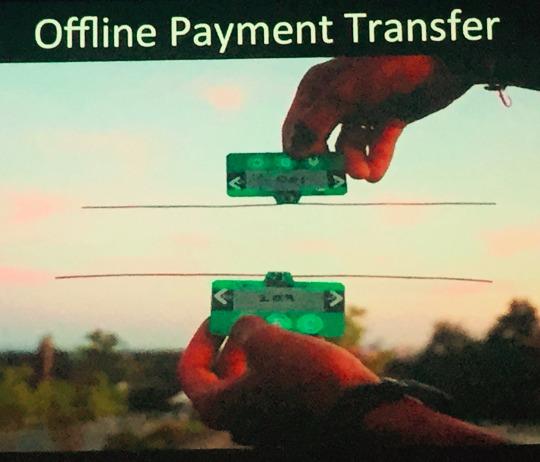
(Thinkstock)
Batteries are the bane of our digital existence. They’re expensive, annoying to replace, and an ecological nightmare. But if researchers at the University of Washington have their way, they could become a thing of the past for many electronic devices.
At this week's EmTech Digital conference in San Francisco, Shyam Gollakota, assistant professor at UW’s Department of Computer Science and Engineering, demonstrated a way to power devices using nothing but the wireless signals zipping invisibly by us thousands of times each second.
Called Wi-Fi or Ambient Backscatter, the technology transmits the zeros and ones of binary code by alternately absorbing or reflecting the Wi-Fi or TV signals already in the air — no batteries required.
Past experiments with delivering small amounts of power over Wi-Fi have created too much interference, making wireless networks slower, says Gollakota. Recently, however, his team figured out how to maintain data speeds by hopping between Wi-Fi channels within the 2.4GHz wireless band.
So far, the technology works only for devices that require minuscule amounts of power, such as temperature sensors, motion detectors, and other Internet of Things devices. And the devices need to be relatively close to the router — no more than 8 meters away.

At EmTech Digital, Gollakota demonstrated how two batteryless devices could transmit payment information using nothing but radio signals harvested from the air. (Photo: Dan Tynan/Yahoo Tech)
Gollakota offered no timetable for when devices that could use backscatter technology instead of batteries might be available. And he acknowledged that it’s unlikely to be useful to power larger devices such as smartphones unless those gadgets are radically redesigned.
But Wi-Fi Backscatter could keep your home’s smoke alarm from issuing that irritating chirp when its battery is running low, waking the baby and driving the dog insane. And that alone would be worth it.
No comments:
Post a Comment